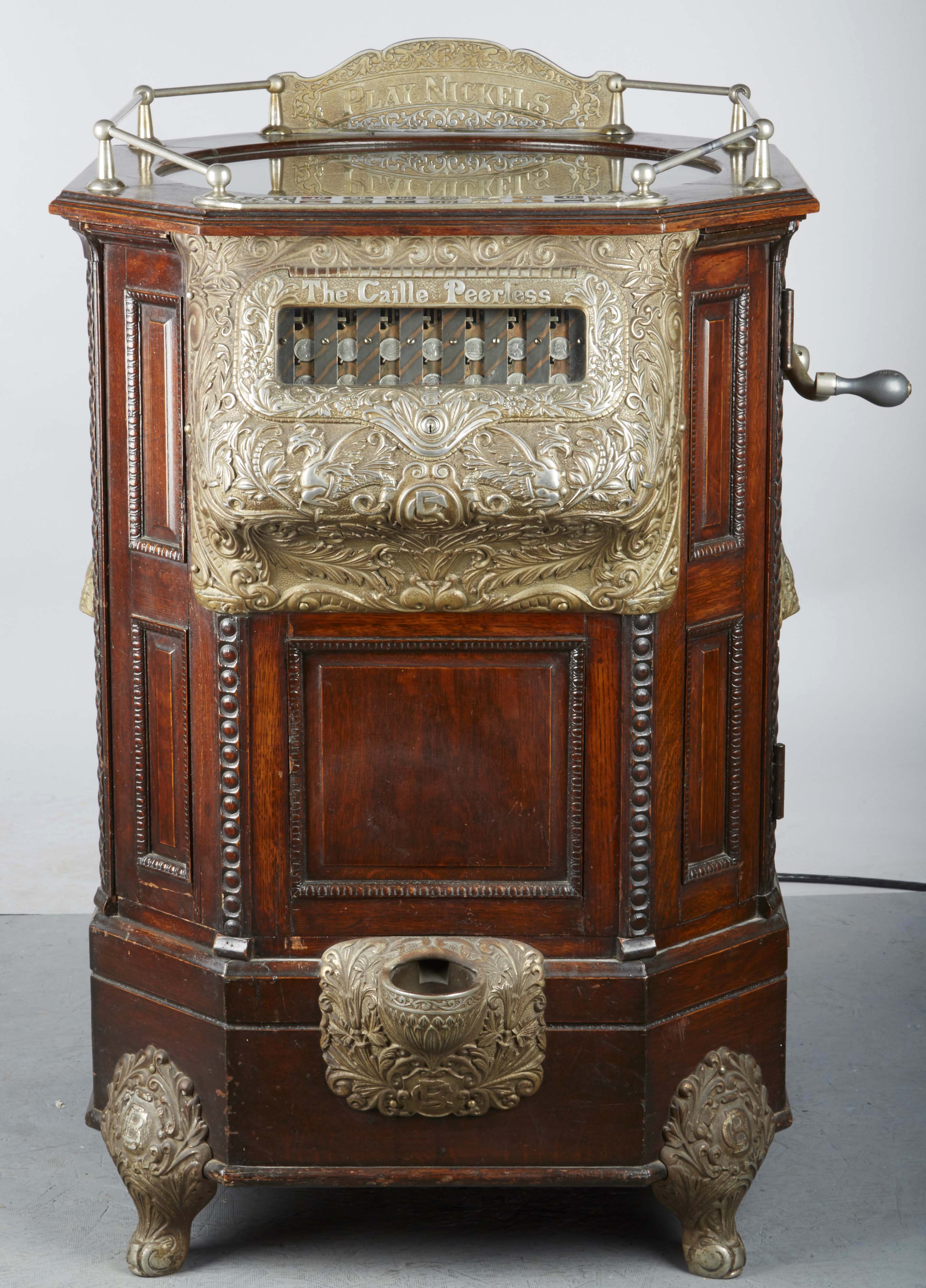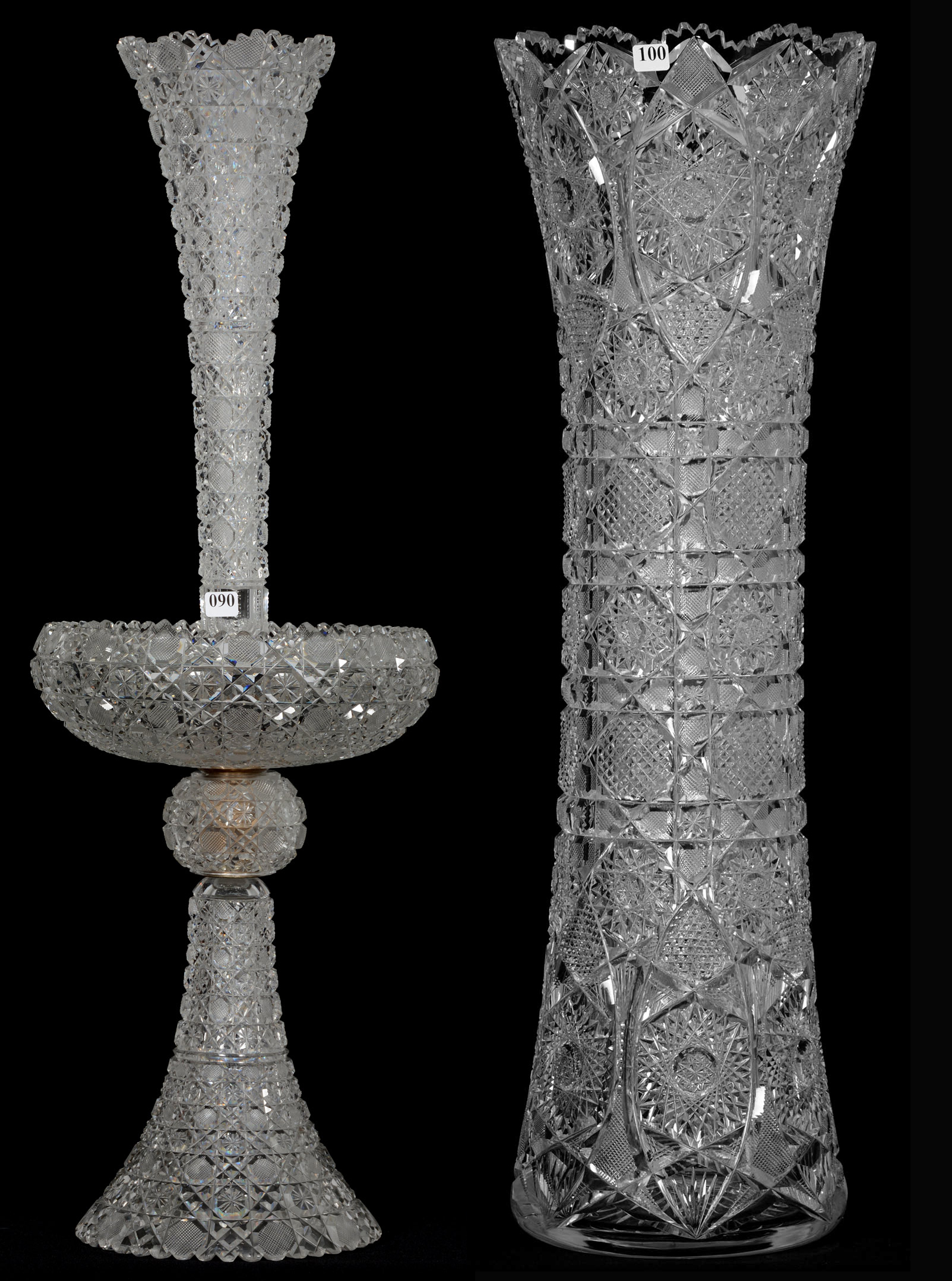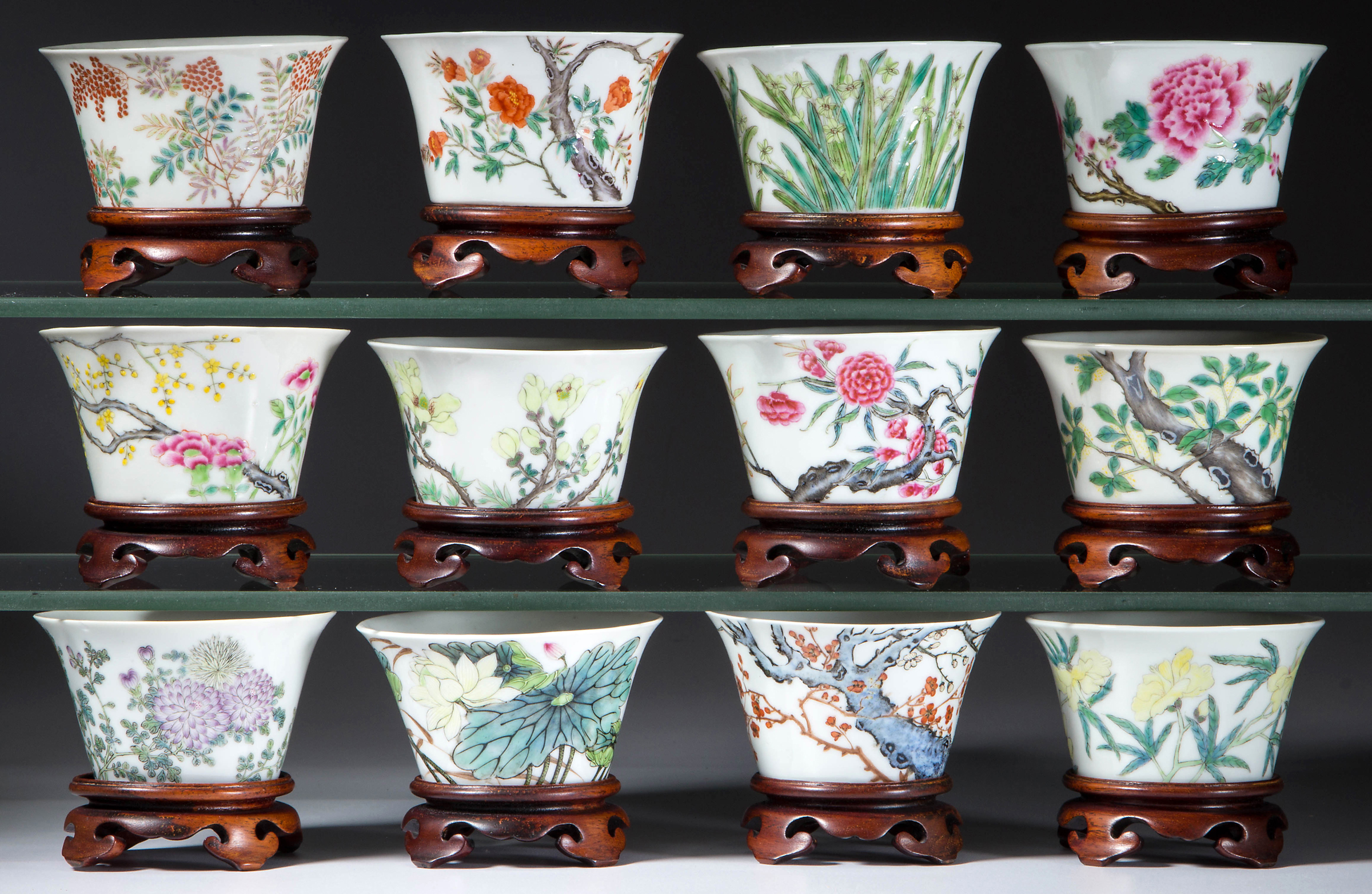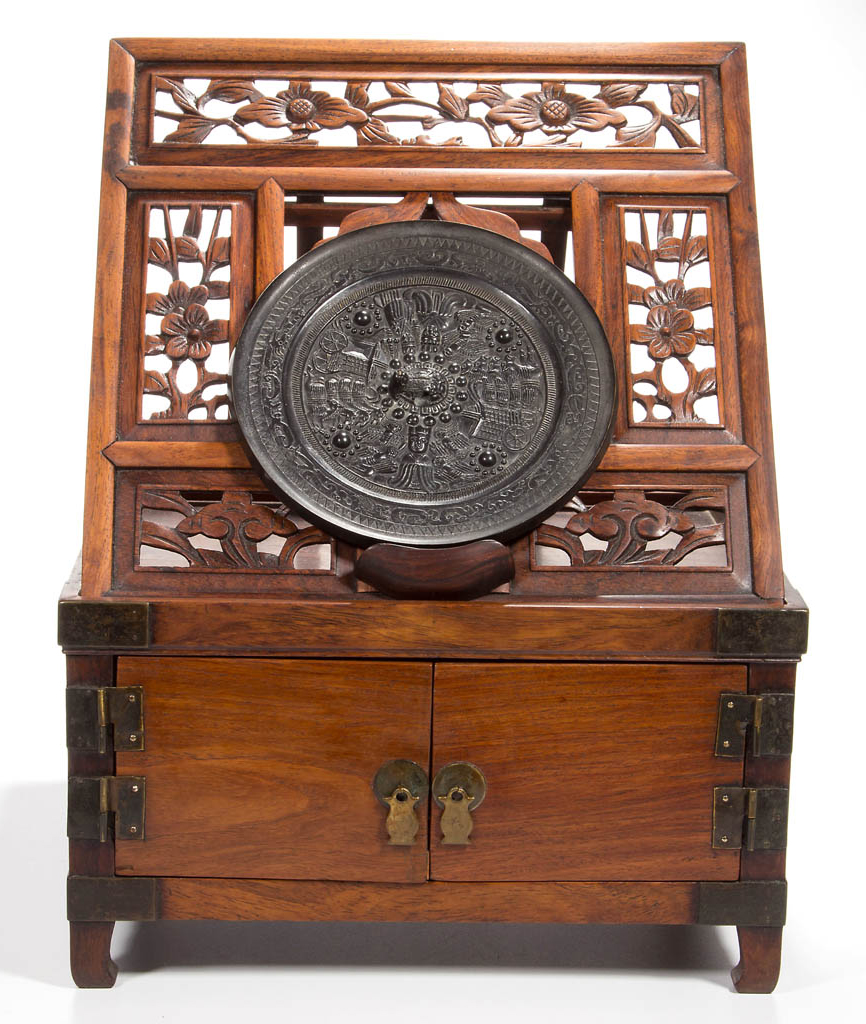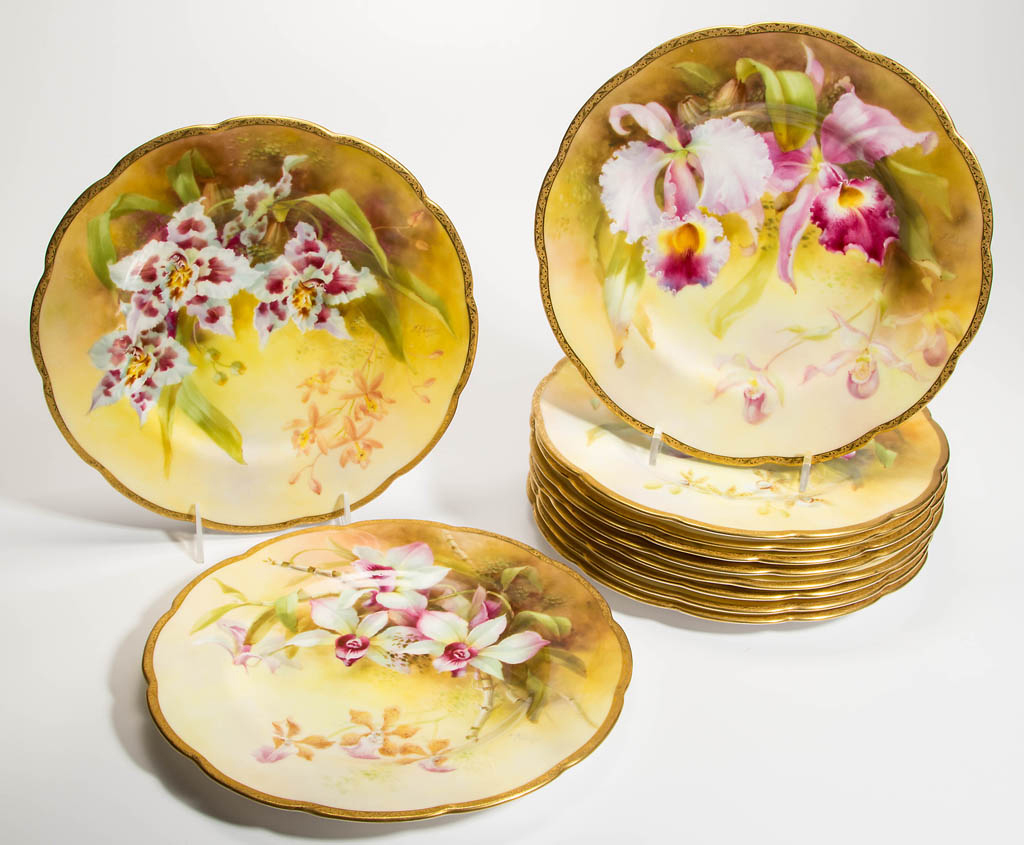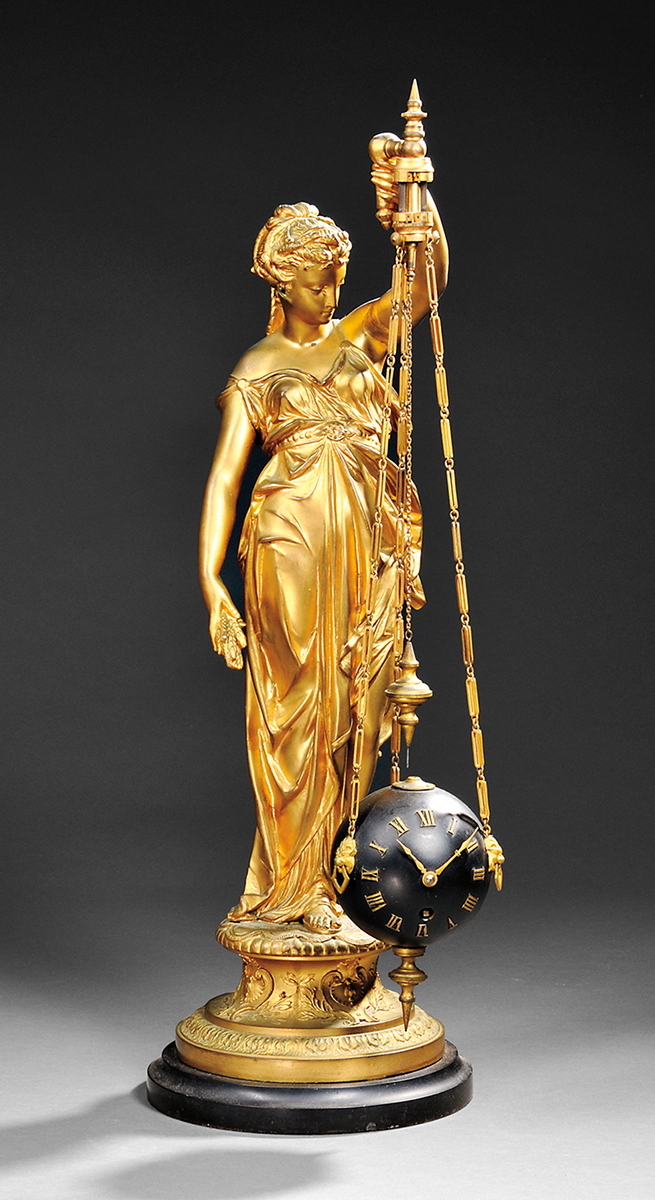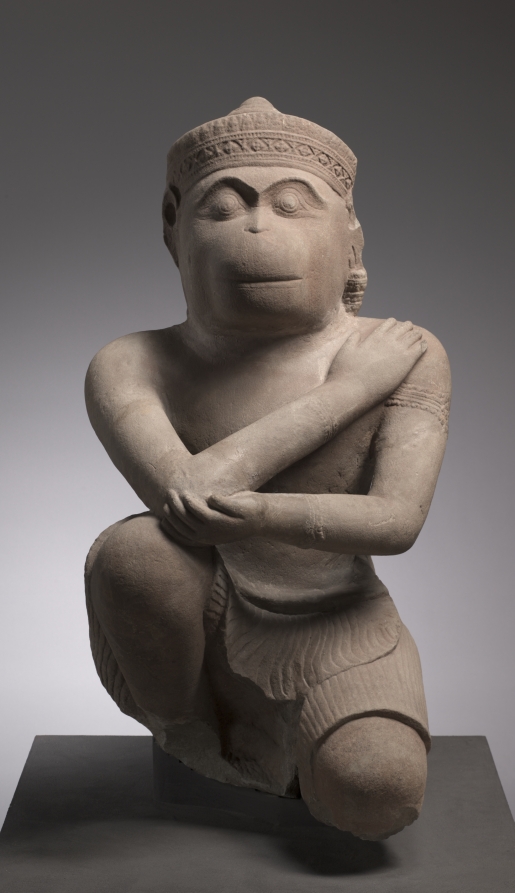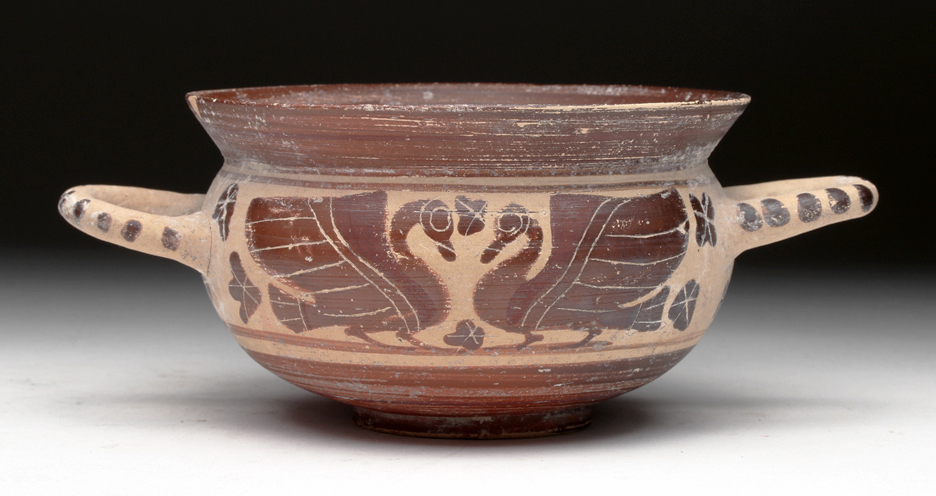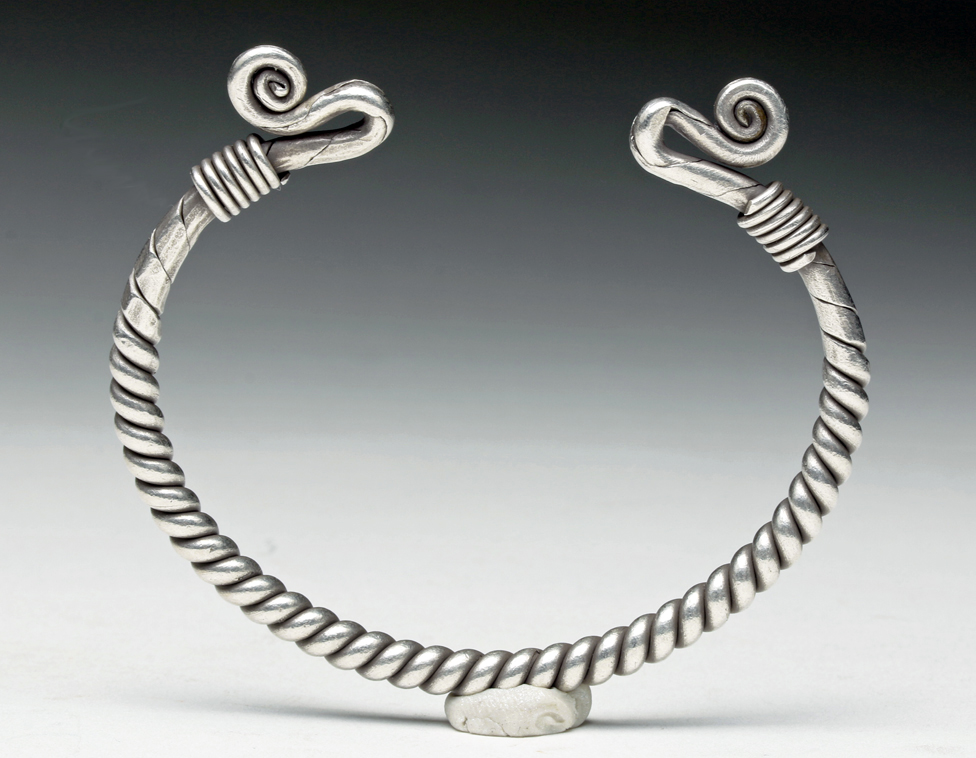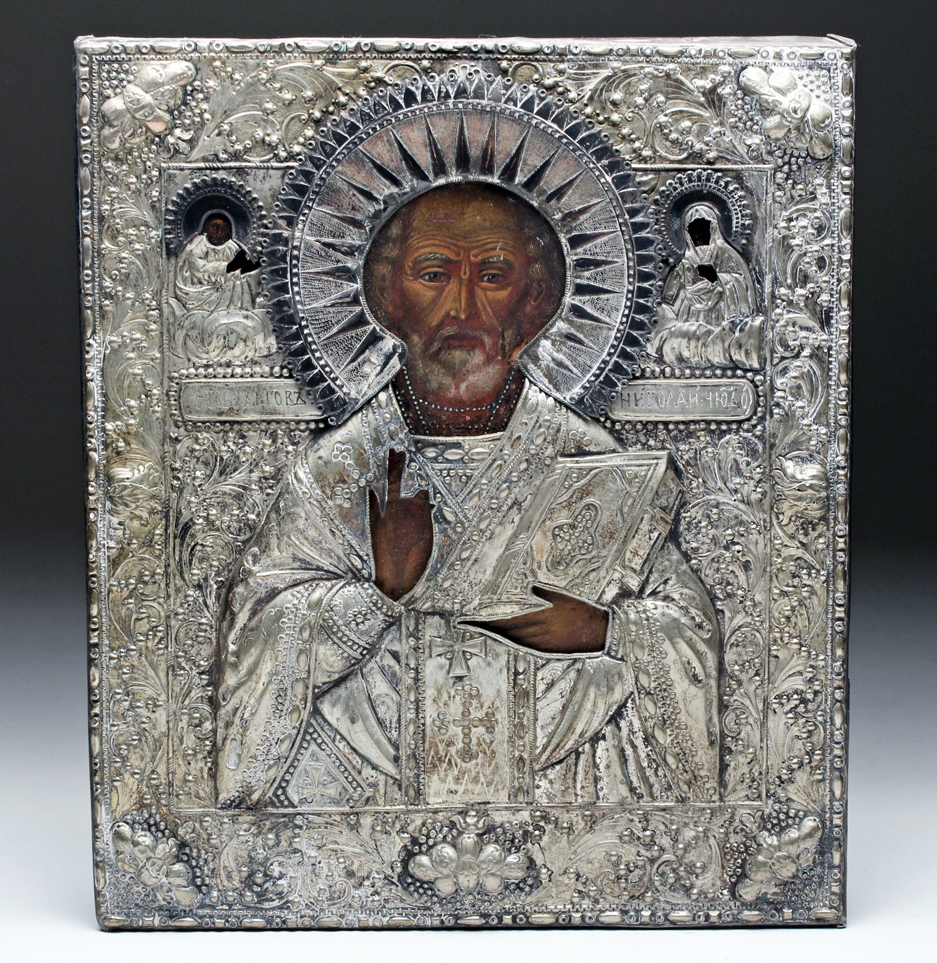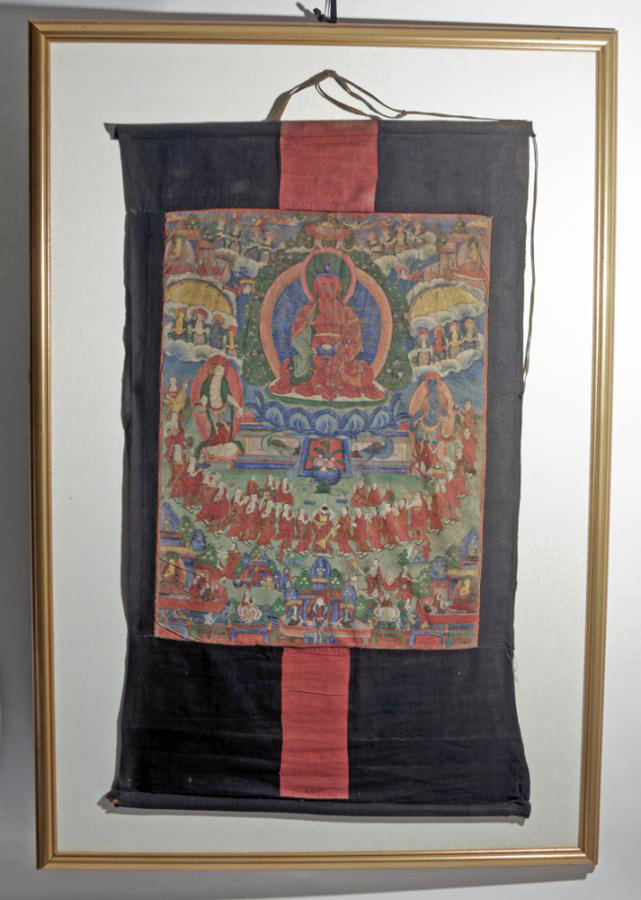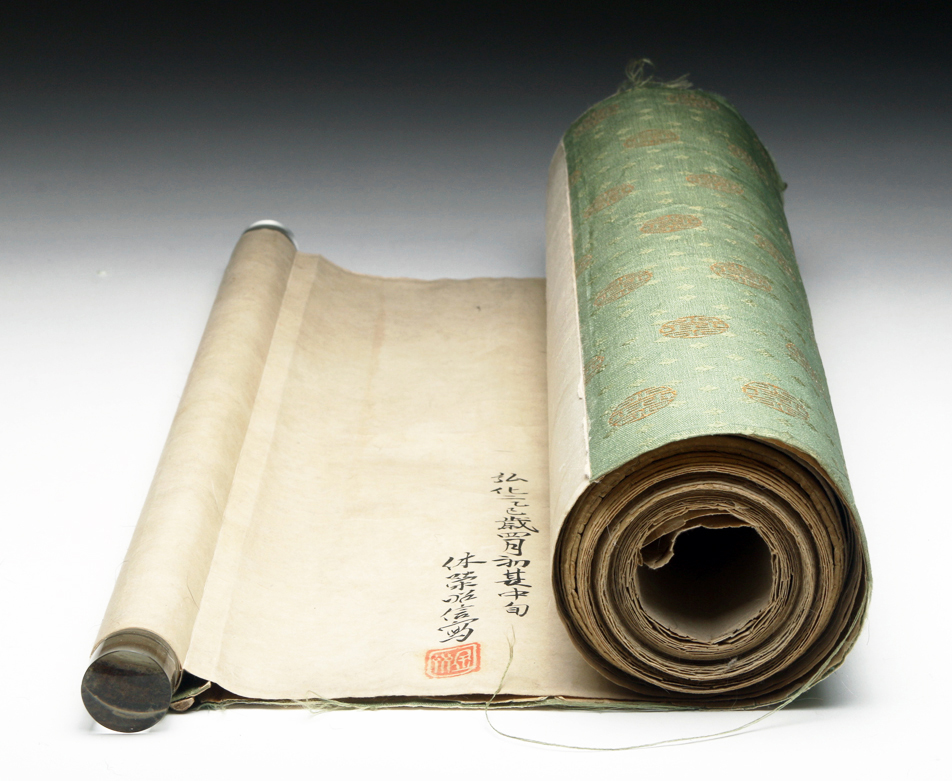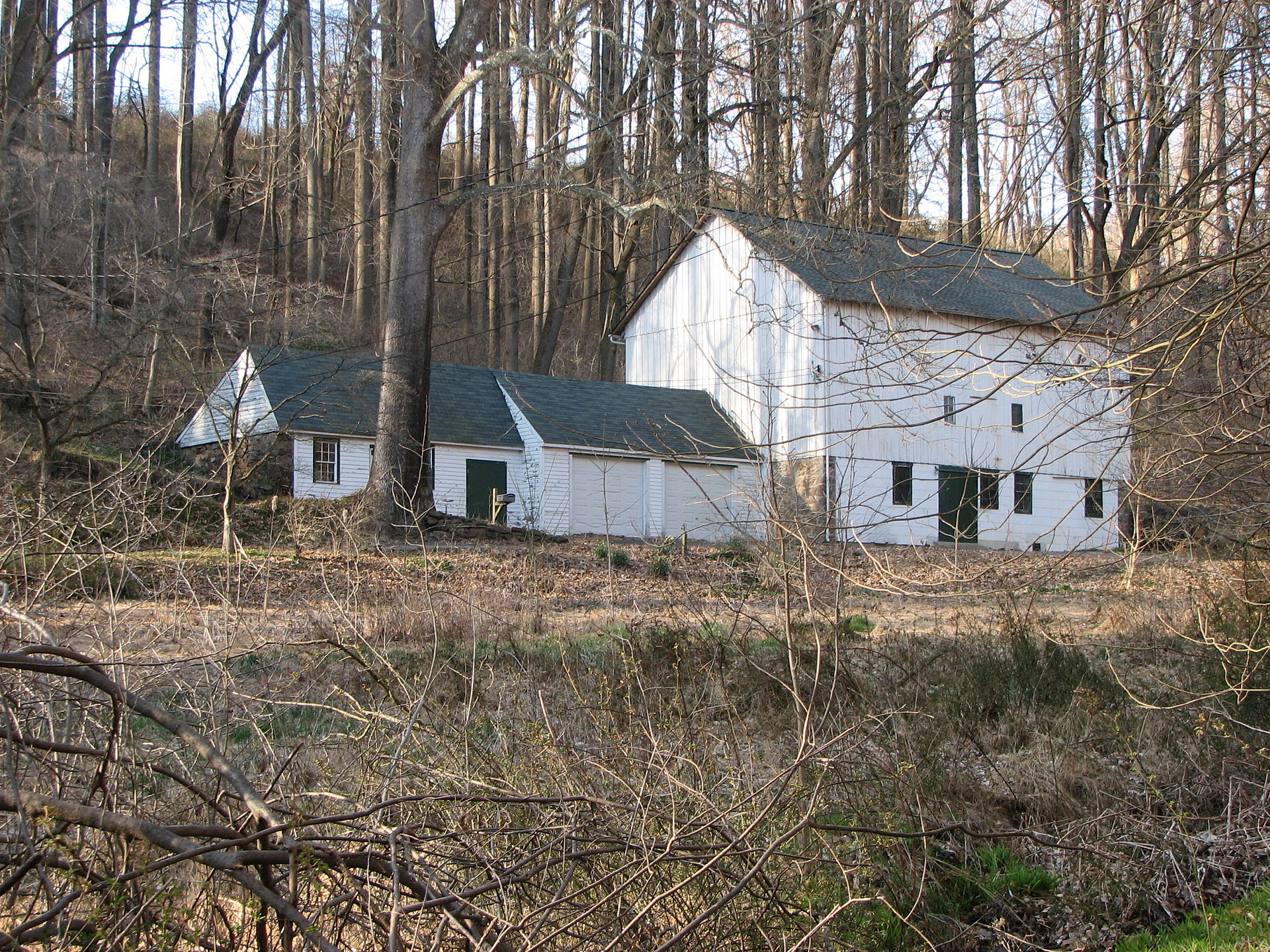
SUSSEX, Del. (AP) – When a recent arson destroyed a historic barn in Lewes, the devastating blaze focused attention on Sussex County’s vanishing agricultural architecture.
And experts say that regardless of the reason for the demise of those old barns, it means the loss of important historic connections to the coastal region’s farming heritage.
“These barns represent a physical link to our rich agricultural past,” said Daniel Parsons, historic preservation planner and records manager for Sussex County. “Barns define our agricultural history,” said Danae Peckler of the National Barn Alliance. “And there is a lot of agricultural history out there to be seen.”
Though the loss of the historic Lewes barn off Gills Neck Road was the result of a criminal act, it is but one of many reasons why barns are disappearing from the southern Delaware landscape.
Others have succumbed to neglect, encroaching development and a gradual shift in farming practices.
“Today, barns are very specialized but, back then, barns were used for a multitude of functions,” said Parsons.
“Historic barns are threatened by many factors,” said Michael J. Auer of the National Park Service. “Unfortunately, the consequence is, barn raisings have given way to barn razings.”
“People just aren’t keeping up with old barns,” said Peckler.
Madeline E. Dunn, historian in the Delaware Historic Preservation Office, reels off a list of factors that are contributing to the disappearance of barns in the state.= “These cultural resources tend to disappear due to a variety of reasons, including fire, storms, neglect and deterioration,” she said.
And, even on working farms, the functions of those old, all-purpose barns have been replaced by buildings that meet more specialized farming needs.
“It has gotten to the point that upgrading older barns (for farm use) is no longer feasible,” said Virginia land use planner Aaron Shriber, who wrote his University of Delaware graduate thesis on the evolution of dairy barns in the state.
Sussex County’s Parsons agreed.
“Today farms here are very specialized, but, back then, barns were used for a multitude of functions,” he said. “It was, in essence, a covered workplace and storage facility for all things farming.”
And, the ever dwindling number of farmers in Delaware are switching to more specialized outbuildings to meet their needs.
“As local farms have specialized and mechanized there is not as much need,” for traditional wooden barns, said Parsons. “Instead, we see the proliferation of the much easier to build and maintain pole barn.”
Though many barns have disappeared over the past 50 years, Sussex County still has a number of notable survivors, including structures that were adapted for other uses.
A companion to the torched Lewes barn is still standing and developers hope to convert it into a community center for the Showfield development that will surround it.
“The interior architecture of that barn is amazing,” said Bryce Lingo, one of the developers.
The Hopkins Farm Creamery outside of Lewes uses a portion of an old dairy barn for an ice cream stand. The farm also includes over 1,000 dairy cows, most of them housed in newer metal buildings.
A main barn on the Bennett Farm in Milford has been converted into a museum now that the family longer has dairy cows.
In Harbeson, a 1910 dairy barn now houses Old Wood, a company that makes furniture out of salvaged wood.
In Lewes, the magnificent Townsend barn on Kings Highway – easily visible to passing motorists – awaits restoration – or demolition. Unfortunately, one scenario has the barn demolished to make way for commercial development.
“Sometimes, situations like that break my heart,” said Peckler of the National Barn Alliance.
In Long Neck, a magnificent 100-year-old barn and other outbuildings are still part of a working farm on Route 24.
In Lincoln, several outbuildings and a pair of sturdy, mostly brick barns, one of them originally to house mules, have been evaluated by a consultant for a possible listing on the National Register of Historic Places. The listings might help preserve the Hall family farm by making it eligible for certain historic designation tax credits.
Unfortunately, having a barn – or other farm outbuildings – listed on the historic register is no guarantee that any of it will be preserved.
In the past 30 years, a number of barns, farm houses and potato buildings in Lewes, Laurel, Delmar, Greenwood, Georgetown and Millsboro have been added to the federal list. The reality is, a number of those structures no longer exist, including almost all of a Georgetown farm that was added to the list in 1979.
“Listing of a property in the National Register of Historic Places is not a guarantee that it will be preserved,” said Dunn, who is the director of Delaware’s historic places program.
Di Rafter, director of the Delaware Agricultural Museum in Dover, said the sheer size of most barns makes it difficult to preserve or restore.
“No one wants to see these sentimental historic buildings disappear but, the problem is, it costs a fortune to move or restore them,” she said.
Rebecca Sheppard, interim director of the Center for Historic Architecture and Design at the University of Delaware, agrees.
“It is becoming harder and harder to find an adaptive reuse for these buildings,” she said.
J. Everett Moore Jr., a Georgetown attorney, lives on a farm that is close to the home where he grew up. The main barn on his farm, built in the mid-1800s and featuring hand-hewn structural beams, has been restored.
“I decided to fix it instead of building another building,” said Moore, who has written a book about his childhood in rural Sussex County called Growin’ up Country. “But, you have to have a love of history to do something like I did,” he said.
“Unfortunately, a lot of these barns were mostly built for farm animals and most people don’t have farm animals anymore,” he said.
In Ocean View, the local historical society is spending $10,000 to restore a small, 1900-era barn that is one of the few surviving in the community. “It is very typical of the barns of that era,” said Richard Nippes, head of the local historical society.
Rafter, the museum director, said barns still have sentimental value but the roadblock to preservation is the cost.
“That is the main problem,” she said. “They can cost a fortune to restore.”
Copyright 2015 Associated Press. All rights reserved. This material may not be published, broadcast, rewritten, or redistributed.
AP-WF-05-10-15 1338GMT


